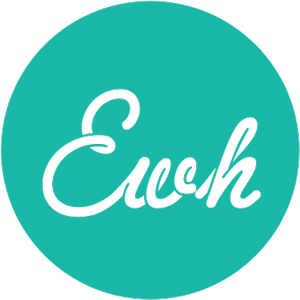
The 3 Little P’s of Picture Books
 Writing a good children’s book is hard. Selling one to a publisher is even harder. Getting it bought, and read – by librarians, booksellers, and most of all, kids – is the hardest of all. The best children’s book authors are masters of economy and action, which can take a lifetime of study and practice to achieve. Here, then, are my votes for the three most essential rules for good writing when it comes to picture books – which, in homage to a familiar fairytale or two, I’ll call the “3 Little P’s.”
Writing a good children’s book is hard. Selling one to a publisher is even harder. Getting it bought, and read – by librarians, booksellers, and most of all, kids – is the hardest of all. The best children’s book authors are masters of economy and action, which can take a lifetime of study and practice to achieve. Here, then, are my votes for the three most essential rules for good writing when it comes to picture books – which, in homage to a familiar fairytale or two, I’ll call the “3 Little P’s.”
1) Protagonist – The hero of a picture book, whether human or anthropomorphic animal or object, should be the same age or emotional spirit as its intended audience. Kids have no interest in reading about grown-ups, and publishers generally won’t acquire picture books that make this mistake. I confess to having learned this lesson the hard way on more than one occasion. This is actually true of middle grade and YA novels as well. The exceptions to this rule are folk and fairy tales, where children are accustomed to reading about princes, princesses, woodcutters, ogres and other generally disadvantaged adults.
2) Pith – Standard picture book length is 32 pages, including title, dedications and acknowledgements, and ideally no more than 1000 words. It is essential, therefore, that they be truly pithy – all meat, and no fat. Here are a few useful ways to pare the narrative:
- Start the story immediately, and with action – don’t take up time with settings or descriptions.
- Don’t write what the illustrations will show. Art should advance the story, not just mirror it.
- Avoid adjectives and adverbs. Use juicy verbs, and distill the storytelling into as few words as possible, artfully chosen.
- Reveal through character action and dialogue, as opposed to through narrative description.
3) Point – What do you want to leave your reader thinking about? What questions do you want to raise for further dialogue with a parent, caregiver, or teacher? What’s the point of a child reading this book? The best children’s books have themes with emotional resonance for kids. They aren’t preachy or didactic, but they resonate in a way that a child can relate to and identify with.
As with some other familiar commandments, these three rules can essentially be distilled into one ‘golden’ one: do unto your readers as you would have other writers do unto you. That means no boring, preaching or talking down to young readers. Craft compelling characters and tell your story with juicy, pithy narrative, ultimately making a point that leaves the reader somehow better off than he or she was before – and having taken one satisfying step deeper into the reading life.
